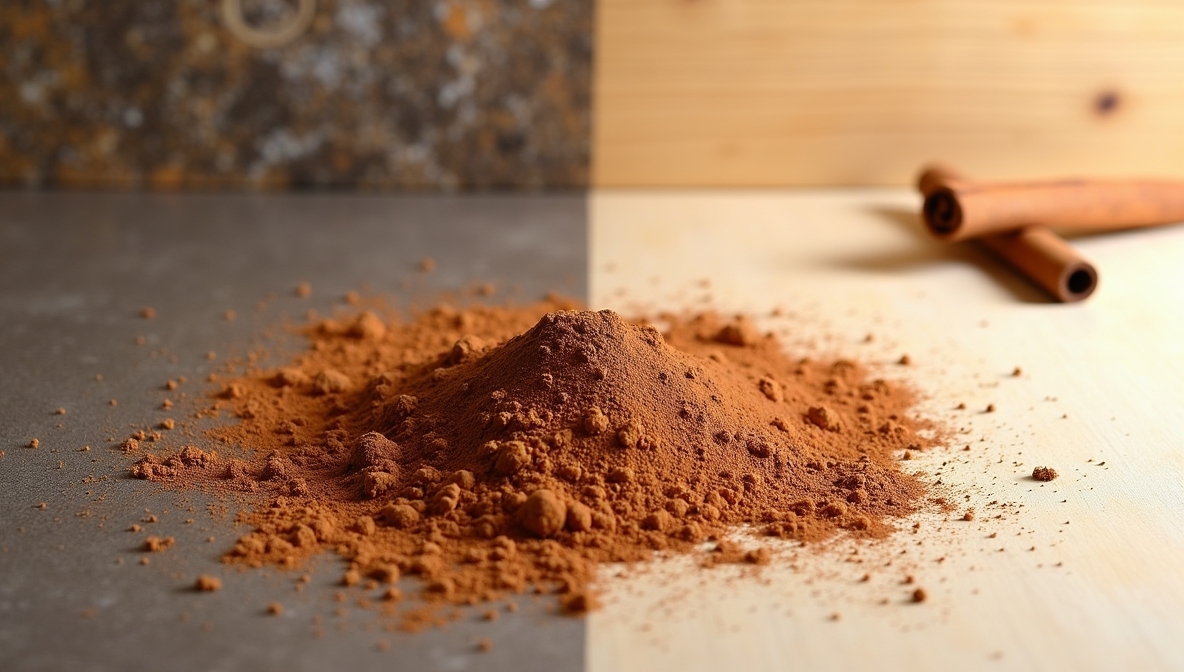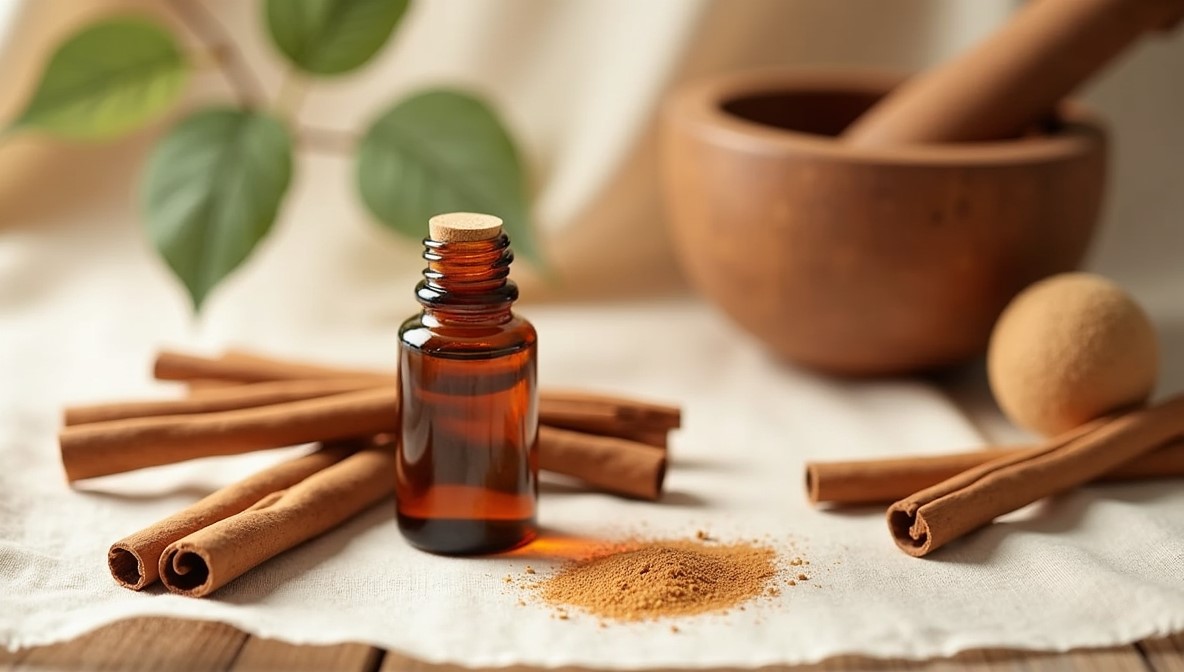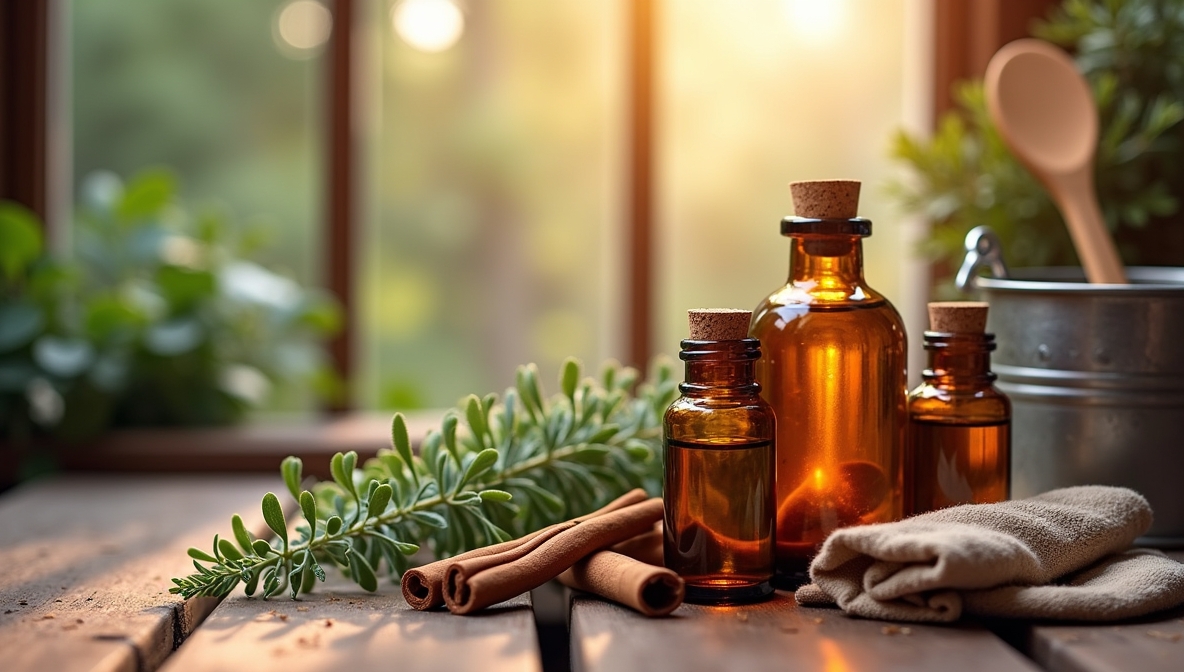Mold thrives in damp, humid environments, spreading quickly and causing problems ranging from unpleasant odors to structural damage. Many commercial mold removers rely on harsh chemicals, but cinnamon offers a natural alternative with antimicrobial properties. This common spice contains compounds that inhibit fungal growth, making it a potential weapon against mold in homes.
Why Cinnamon Works Against Mold
Cinnamon contains cinnamaldehyde, a powerful compound with antifungal and antibacterial effects. Studies suggest that cinnamaldehyde disrupts mold spores, preventing their growth and reproduction. Additionally, cinnamon’s natural oils create an inhospitable environment for mold, reducing the chances of regrowth.
How to Use Cinnamon for Mold Removal
Several methods can be used to incorporate cinnamon into a mold treatment plan. Whether dealing with minor surface mold or looking for preventive solutions, cinnamon can be applied in different forms.
1. Cinnamon Powder for Surface Mold
Cinnamon powder works best for mild mold growth on dry surfaces.
Steps:
- Sprinkle cinnamon powder directly on the affected area.
- Leave it for at least 24 hours to allow the antifungal properties to take effect.
- Wipe away the residue with a dry cloth.
- Repeat if necessary.
2. Cinnamon Oil Spray for Hard-to-Reach Areas
Cinnamon oil provides a concentrated antifungal solution, making it effective for corners, grout, and porous surfaces.
Steps:
- Mix 1 teaspoon of cinnamon essential oil with one cup of water or white vinegar in a spray bottle.
- Shake well and spray directly onto moldy surfaces.
- Let it sit for at least one hour before wiping with a damp cloth.
- For stubborn mold, leave the spray overnight before scrubbing.
3. Cinnamon and Baking Soda for Absorbing Moisture
Mold thrives in moisture-rich environments. A cinnamon and baking soda mixture can help absorb excess moisture while preventing fungal growth.
Steps:
- Mix equal parts baking soda and cinnamon powder in a small dish.
- Place the dish in mold-prone areas such as bathrooms, basements, and under sinks.
- Replace the mixture every two to four weeks.
4. Cinnamon-Infused Vinegar for Deep Cleaning
Vinegar is known for its antifungal properties, and when combined with cinnamon, it creates an even more potent mold-fighting solution.
Steps:
- Add one tablespoon of cinnamon powder or 5–10 drops of cinnamon essential oil to a cup of white vinegar.
- Let the mixture sit for 24 hours before using.
- Spray onto moldy areas and leave for at least an hour before wiping clean.
5. Cinnamon Diffuser to Prevent Mold Spores
Diffusing cinnamon essential oil can help prevent airborne mold spores from settling in the home.
Steps:
- Add 5–10 drops of cinnamon oil to a diffuser filled with water.
- Run the diffuser in mold-prone rooms for one to two hours daily.
- This method helps purify the air and reduce musty odors.
Best Areas to Use Cinnamon Against Mold
Cinnamon treatments are most effective in areas prone to moisture buildup.
- Bathrooms – Apply cinnamon oil spray on tile grout, shower corners, and sink areas.
- Kitchens – Use cinnamon-infused vinegar to wipe down countertops and under the sink.
- Basements – Place bowls of cinnamon and baking soda to absorb dampness.
- Closets – Keep cinnamon sachets inside closets to prevent musty odors.
- Windowsills – Wipe with cinnamon spray to prevent condensation-related mold.
Precautions When Using Cinnamon for Mold
- Test on a small area first – Some surfaces, such as white grout or fabric, may stain when exposed to cinnamon.
- Avoid excessive cinnamon powder use – While effective, excess powder can become messy and difficult to clean.
- Dilute cinnamon oil properly – Pure essential oils are potent and may cause irritation if applied undiluted.
How Cinnamon Compares to Other Natural Mold Remedies
| Remedy | Effectiveness | Best Used For |
|---|---|---|
| Cinnamon | Strong antifungal, prevents regrowth | Small patches, air purification, moisture control |
| White Vinegar | Kills mold on contact, strong odor | Showers, walls, tile grout |
| Baking Soda | Absorbs moisture, mild cleaning | Preventing mold, deodorizing |
| Tea Tree Oil | Potent antifungal, strong scent | Wood, fabric, porous surfaces |
| Hydrogen Peroxide | Kills mold, breaks down stains | Stubborn mold on non-porous surfaces |
When to Seek Professional Help
While cinnamon is effective for mild mold issues, it may not be sufficient for extensive infestations. If mold covers more than 10 square feet, produces a strong musty smell, or causes health symptoms, professional removal is recommended.
Final Thoughts
Cinnamon offers a natural, safe, and effective way to tackle small-scale mold problems. Its antifungal properties make it a valuable addition to home cleaning routines, especially in damp environments. Whether used in powder, oil, or infused solutions, this spice provides an eco-friendly option for mold prevention and removal.




